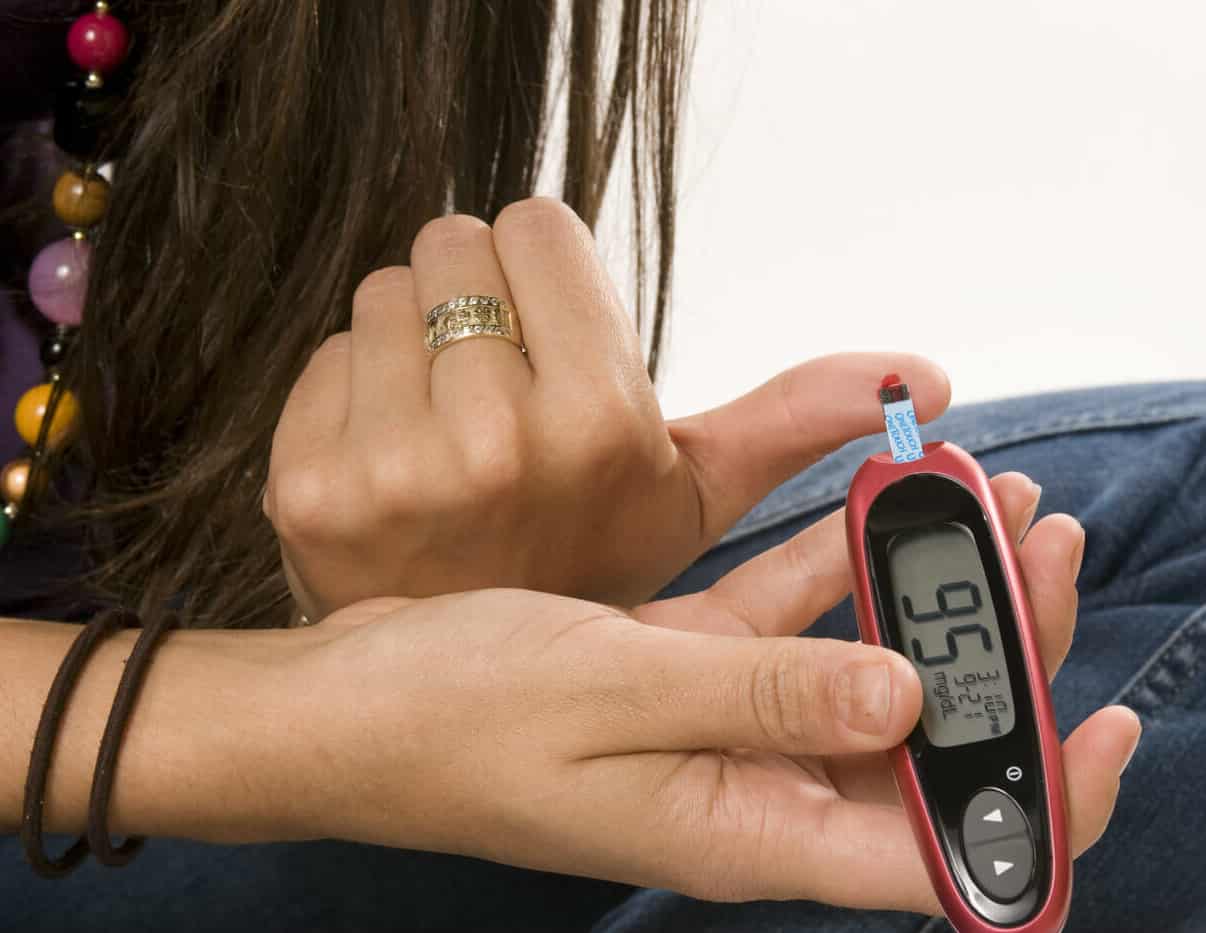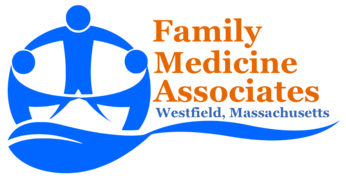
Diabetes is a disease that occurs when your blood glucose, also called blood sugar, is too high. Over time, having too much glucose in your blood can cause health problems, such as heart disease, nerve damage, eye problems, and kidney disease.1)
You might suspect that you have ‘blood sugar’ problems, or maybe you’re worried about a family member, friend, or perhaps you know someone who has been diagnosed with diabetes. Maybe you’d just like to know more about diabetes symptoms. Sadly (and alarming!), 29 million people in the United States have been diagnosed with diabetes (although 8 million of this number are undiagnosed). No less alarming is the fact that (as of 2014) 86 million people in the United States have prediabetes, which means that their blood sugar level is higher than normal, but not yet high enough to be diagnosed as diabetes.
Diabetes is clearly an epidemic, not only affecting the population of the United States, but the entire world. You should know the symptoms of diabetes . Read more below, and contact your doctor if you suspect that you or someone you know might have diabetes, or prediabetes.2)
Image Source: Centers for Disease Control and Prevention
Type 1 and Type 2 Diabetes
Type 1 Diabetes, which was previously called Insulin-Dependent Diabetes Mellitus (IDDM) or Juvenile-Onset Diabetes, is believed to account for about 5% of all diagnosed cases of diabetes. It used to be thought that only children were at risk for Type 1 diabetes but anyone can develop this condition at any age.3) There is a genetic predisposition to Type 1 Diabetes but there are also environmental factors which may play a role. In Type 1 diabetics, the immune system destroys the insulin-producing cells in the pancreas. Most of these patients produce no insulin and require insulin injections to control blood sugar. Without insulin injections, Type 1 Diabetics will not survive.
Type 2 Diabetes, which was previously called Non-Insulin-Dependent Diabetes Mellitus (NIDDM) or Adult-Onset Diabetes, is believed to account for the remaining 90% to 95% of all diagnosed cases of diabetes. Like Type 1, Type 2 Diabetes can strike at any age but typically affects adults.
Symptoms of Type 1 Diabetes
Type 1 Diabetes can come on very quickly, and are caused by high blood sugar. Some of the common initial symptoms are:
- Thirsty, more than usual
- Dry mouth
- Fruity odor to breath
- Frequent urination
Later, symptoms frequently include:
- Weight Loss
- Increase in appetite
- Lack of energy/fatigue
There is often a corresponding appearance of skin ailments:
- Bacterial & fungal infections
- Itching/dry skin
Type 1 Diabetes can progress rapidly to more dangerous (Emergency) symptoms:
- Tingling/numbness in the feet
- Blurry vision
- Low blood sugar (Hypoglycemia)
- Passing out (loss of consciousness)
If blood sugar becomes too low (Hypoglycemia) the person can fall into a Diabetic Coma, which is a life threatening emergency.4)
Symptoms of Type 2 Diabetes
Type 2 Diabetes symptoms typically come on over a longer period of time and are more mild than the sudden onset of Type 1 symptoms. For this reason, Type 2 diabetes is frequently diagnosed only after the disease has already been present for years and complications from the disease are already present:
- Being very thirsty
- Excessive hunger
- Frequent urination, especially at night
- Blurry vision
- Being irritable
- Tingling or numbness in your hands or feet
- Feeling worn out, fatigued. Lack of energy
- Wounds, sores that don’t heal
Women: Yeast infections that keep coming back
Emergency Symptoms of Type 2 Diabetes
Type 2 Diabetics are at risk for Hypoglycemia (Low Blood Sugar).
Diabetics may induce hypoglycemia by taking too much insulin, or diabetes medication that lowers blood sugar too much. It can also be caused by not consuming enough food – in this case, blood sugar is too low. Hypoglycmia, left untreated, can become life-threatening. Over the past several years, the onset of hypoglycemia symptoms has resulted in an average of 300,000 Emergency Room visits in the United States every year. The main symptoms of hypoglycemia are:5)
- anxiety
- heart palpitations
- hunger
- sweating
- tremors
- confusion, sudden difficulty with memory
- loss of consciousness (uncommon)
- seizures (uncommon)
- vision problems, such as double or blurred vision
Anyone experiencing the more serious symptoms, above, must be taken immediately to the nearest ER. Failure to treat hypoglycemia can be fatal.
Diabetes (both Type 1 and Type 2) can be easily diagnosed at your doctor’s office with a simple blood test that checks either your blood sugar or your Hemoglobin A1C level6) . This test measure of blood sugar control over the previous 2–3 months. Diabetes can also be diagnosed with a special test called an Oral Glucose Tolerance Test7). Your doctor will be able to tell you, if diagnosed with diabetes, if you have Type 1 or Type 2.
Getting an accurate diagnosis is the first step in treatment.
DoctorOz
Published on Apr 11, 2016
Dr. Oz talks about the new test to find out if you’re prediabetic from the American Medical Association, the Ad Council, the Centers for Disease Control and Prevention, and the American Diabetes Association.
Find out how to take the quiz: http://www.doctoroz.com/article/quiz-…
Subscribe to Dr. Oz’s official YouTube channel: http://www.youtube.com/doctoroz
Category
Science & Technology
Centers for Disease Control and Prevention (CDC)
Sources and References
| ↩1 | The National Institute of Diabetes and Digestive and Kidney Diseases https://www.niddk.nih.gov/health-information/diabetes |
|---|---|
| ↩2 | World Health Organization http://www.who.int/mediacentre/factsheets/fs312/en/ |
| ↩3 | http://www.diabetesselfmanagement.com/blog/symptoms-of-diabetes/ Symptoms of Diabetes |
| ↩4 | Mayo Clinic Diabetic Coma – Risk Factors, Type 1 http://www.mayoclinic.org/diseases-conditions/diabetic-coma/basics/risk-factors/con-20025691 |
| ↩5 | Centers for Disease Control and Prevention “Number of Emergency Department Visits (in Thousands) with Hypoglycemia as First-Listed Diagnosis and Diabetes as Secondary Diagnosis, Adults Aged 18 Years or Older, United States, 2006–2009” https://www.cdc.gov/diabetes/statistics/hypoglycemia/fig1.htm |
| ↩6 | WebMD “Hemoglobin A1c (HbA1c) Test for Diabetes” http://www.webmd.com/diabetes/guide/glycated-hemoglobin-test-hba1c |
| ↩7 | WebMD “Oral Glucose Tolerance Test” http://www.webmd.com/diabetes/gestational-diabetes-guide/oral-glucose-tolerance-test#1 |

